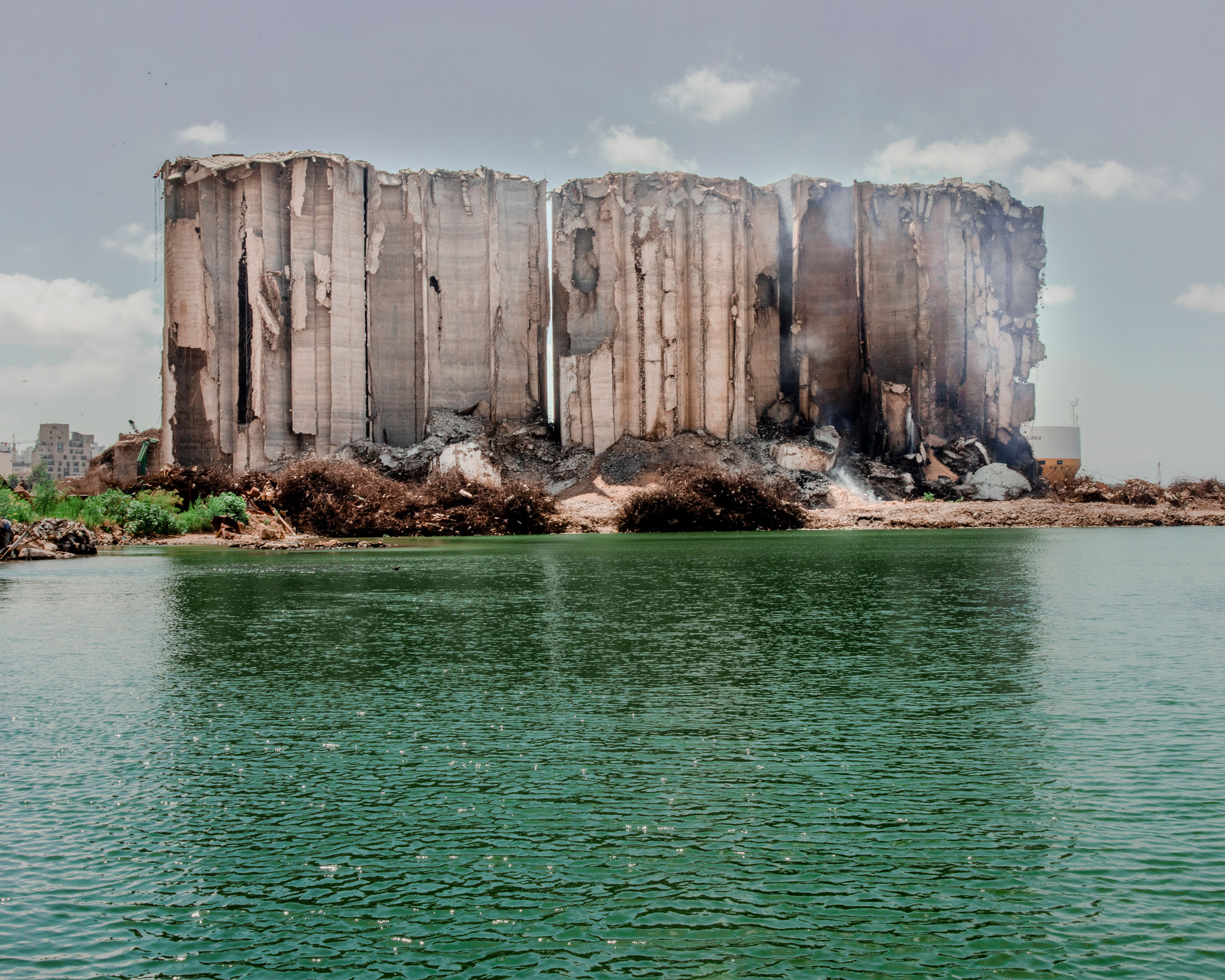At Gate 9 of Beirut’s port in mid July, all eyes were on the mammoth, concrete grain silos. There was a blazing fire and plumes of smoke were billowing out of the northern block of silos. Rima Zahed was here at a protest holding a portrait of her brother, Amin, one of the 218 people who were killed in the catastrophic Aug. 4, 2020 explosion at the port, which left the silos a disemboweled shell of their former selves. Zahed feared the additional damage would cause them to collapse—and denounced the Lebanese authorities for not stamping out the blaze.
“The authorities told us that the fire was extinguished despite the fact that it was growing. They could have stopped it,” Zahed said. Her fears were borne out on July 31, when part of the silos collapsed, kicking up thick dust around the port and, for many Lebanese, reigniting trauma from the 2020 blast just days ahead of the two-year anniversary.
Read More: After the Beirut Explosion, a Photographer Captures a Drive for Reform
Beirut’s port silos were first completed in 1970, and before the explosion they stored some 85% of Lebanon’s grain. Jean Touma, a former director of the silos from 1976-2006, says they had long ensured the country’s food security.
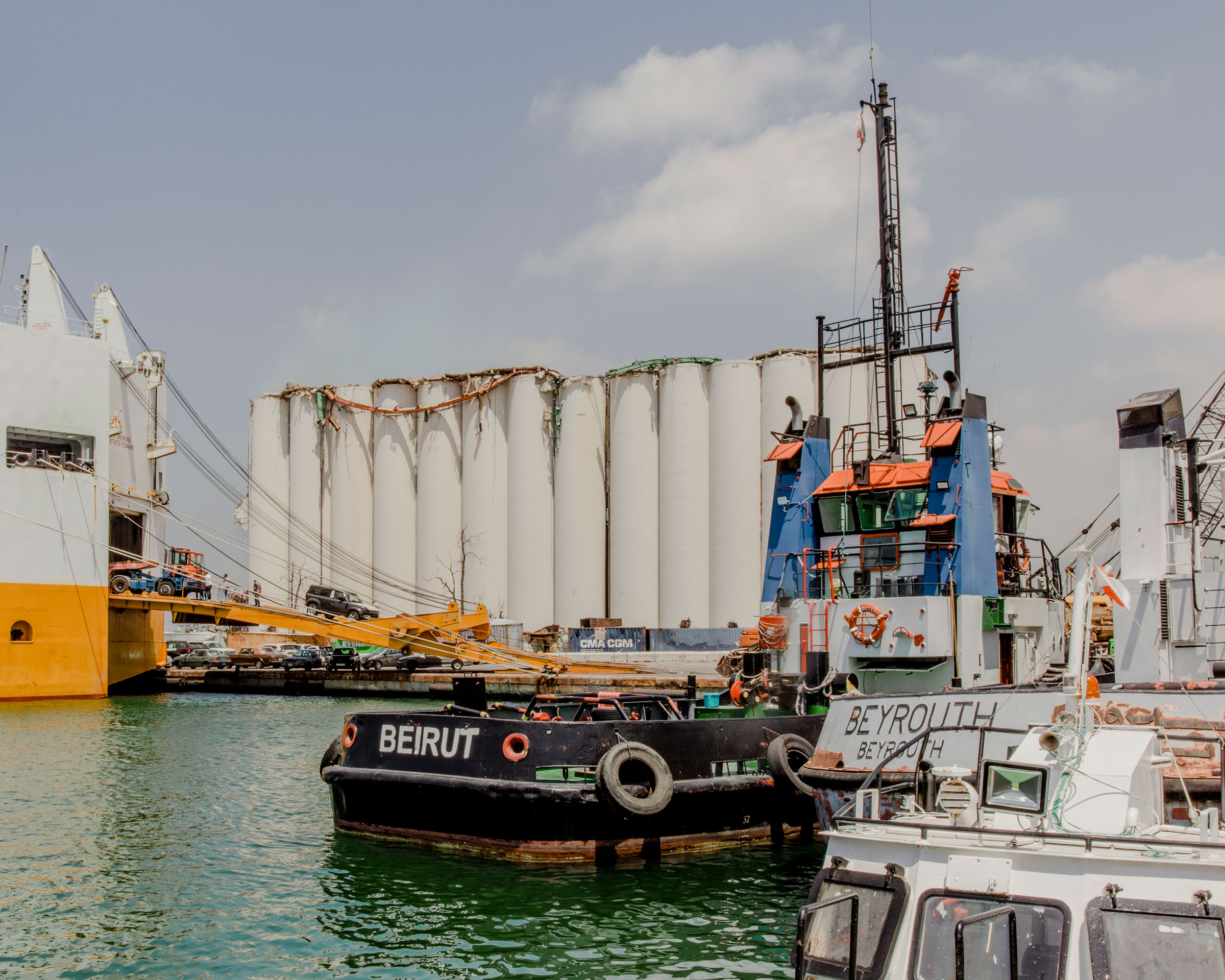
But in April, Lebanon’s Cabinet approved the demolition of all of Beirut’s port silos—both the northern and southern ones—located at the site of the 2020 blast. Ever since, the families of the victims of the blast have mobilized to preserve them, and are outraged about Sunday’s partial collapse. Judicial investigations into the explosion, one of the largest non-nuclear ones in history, have been obstructed and stalled by Lebanese authorities for over a year. (An independent report by Human Rights Watch last August found that “multiple Lebanese authorities were, at a minimum, criminally negligent under Lebanese law” over the handling of 2,750 tons of ammonium nitrate stored at the port since 2014, which caused the blast after the warehouse where the fertilizers were deposited caught fire.)
On July 4, the same day the fire erupted, civil society groups alongside families of the victims launched a solidarity campaign called the Silent Witness. The goal still remains to protect the silos—at least what’s left of them—that are located less than 300 ft. from the epicenter of the 2020 explosion, and that absorbed much of the blast’s force, thanks to the dense grain that had been stored within them. For Mariana Fodoulian, who lost her 29-year-old sister in the blast, both the collapse and the government’s drive to demolish all of the silos are part of the country’s endemic culture of impunity.


“How could they let the [northern block of silos] collapse just before Aug. 4?” Fodoulian says. If no silos are left standing in the end, “when future generations grow up, no one can tell them what happened.”
A history of amnesia
A culture of impunity has plagued Lebanon since the 1975-1990 civil war—which left at least 120,000 people dead and pushed some 1 million people, more than one-third of the population at the time, to leave the country. The adoption of an amnesty law in 1991 protected those accused of war crimes and allowed them to remain key players in Lebanon’s fractured political scene. No less than 17,000 people are still missing from the war, affecting thousands of families who are still waiting for answers about their fate.

At the same time, key visual reminders of the war have been erased through the demolition of historic downtown areas that saw some of the conflict’s fiercest fighting. Experts say that firms involved in post-war reconstruction—chiefly Solidere, which was overseen by former Prime Minister Rafic Hariri—contributed to that amnesia. Critics say that Solidere further erased memories of the war by tearing down iconic and historical buildings such as the Rivoli cinema and destroying more homes than even the fighting had.
Lebanese authorities have been “trying to repeat the same policies of amnesia that followed the civil war with the silos. They do not want people to remember anything related to the crimes they committed,” says Soha Mneimneh, an urban-planning researcher at the Beirut Urban Lab and member of the Order of Engineers and Architects of Beirut.
Families of the victims and activists who have been trying to protect the silos are troubled by the lack of consideration by the government, Mneimneh says. (The government has not launched any public consultations nor sought input from the families of the deceased.) The blaze and subsequent collapse has only fueled their anger.
Following the 2020 blast, the government commissioned several studies to assess the damage to the silos. One of the latest, conducted in March by the Swiss firm Ammann Engineering, noted that the northern block would not stand for more than a decade and could collapse within months. The assessment concluded that the southern block, however, was stable and “demolition is not a priority compared to other challenges in Beirut port.”
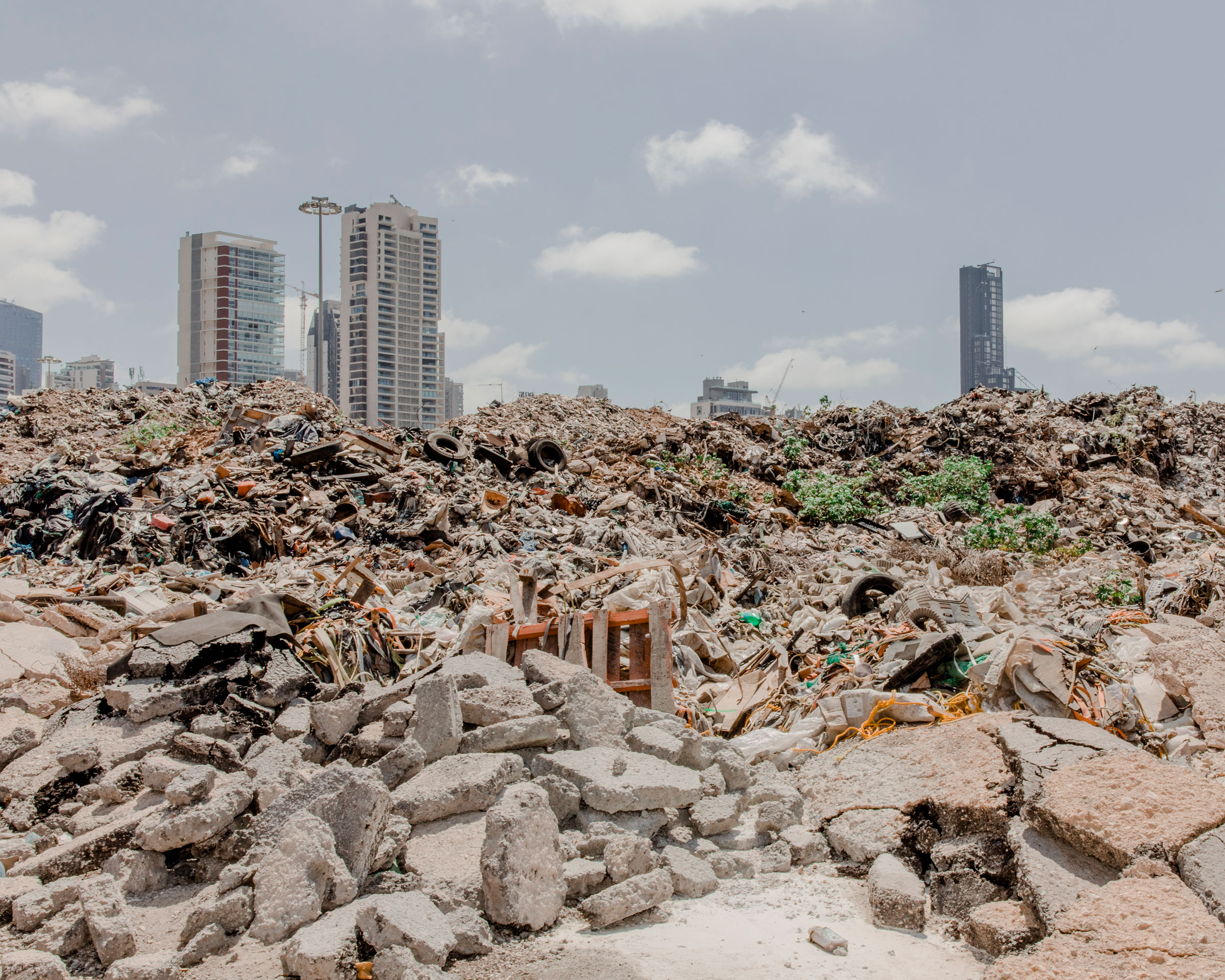
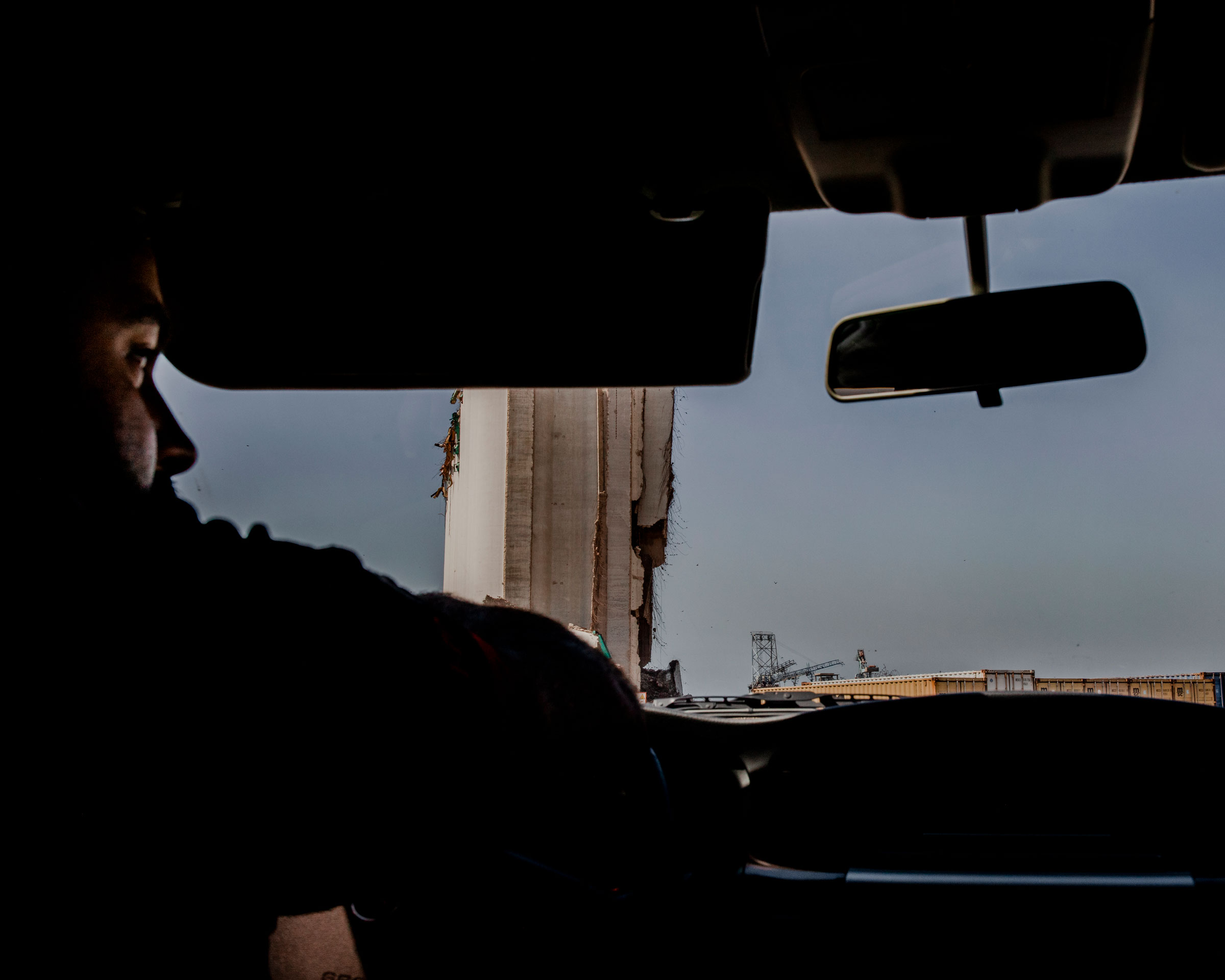
Mneimneh says the northern block of silos could have been safely reinforced and preserved—a view that was supported by some of the studies. For her, they make clear that the decision in April to demolish all of the silos, including the stable southern ones, was ultimately a political one.
Indeed, the government’s plan to rebuild the silos at a new location is an apparent recognition that the blast site could not be easily repurposed for other uses. These 48-meter (157-foot) concrete structures were built on land that was reclaimed from the sea and reinforced with piles. The foundations sitting below can no longer withstand large structures, engineers and architects have said.
Read More: Beirut Was Already Suffering. Then Came a Deadly Explosion
A push for remembrance
In June, the families of the victims filed three lawsuits at Lebanon’s Shura Council to overturn the government’s decision to demolish all of the silos. They have also requested a stay of execution until the council considers the suits. For Ghida Frangieh, a lawyer who helped draft one of the lawsuits and is a researcher at the NGO Legal Agenda, continuing with such plans would deny victims their rights.
“International standards consider preservation of the crime site to be part of compensation for victims, which includes recognition of the victims’ pain and satisfaction,” Frangieh says. Failure to preserve them “would not only affect their mental health, but also their right to be treated with dignity.”
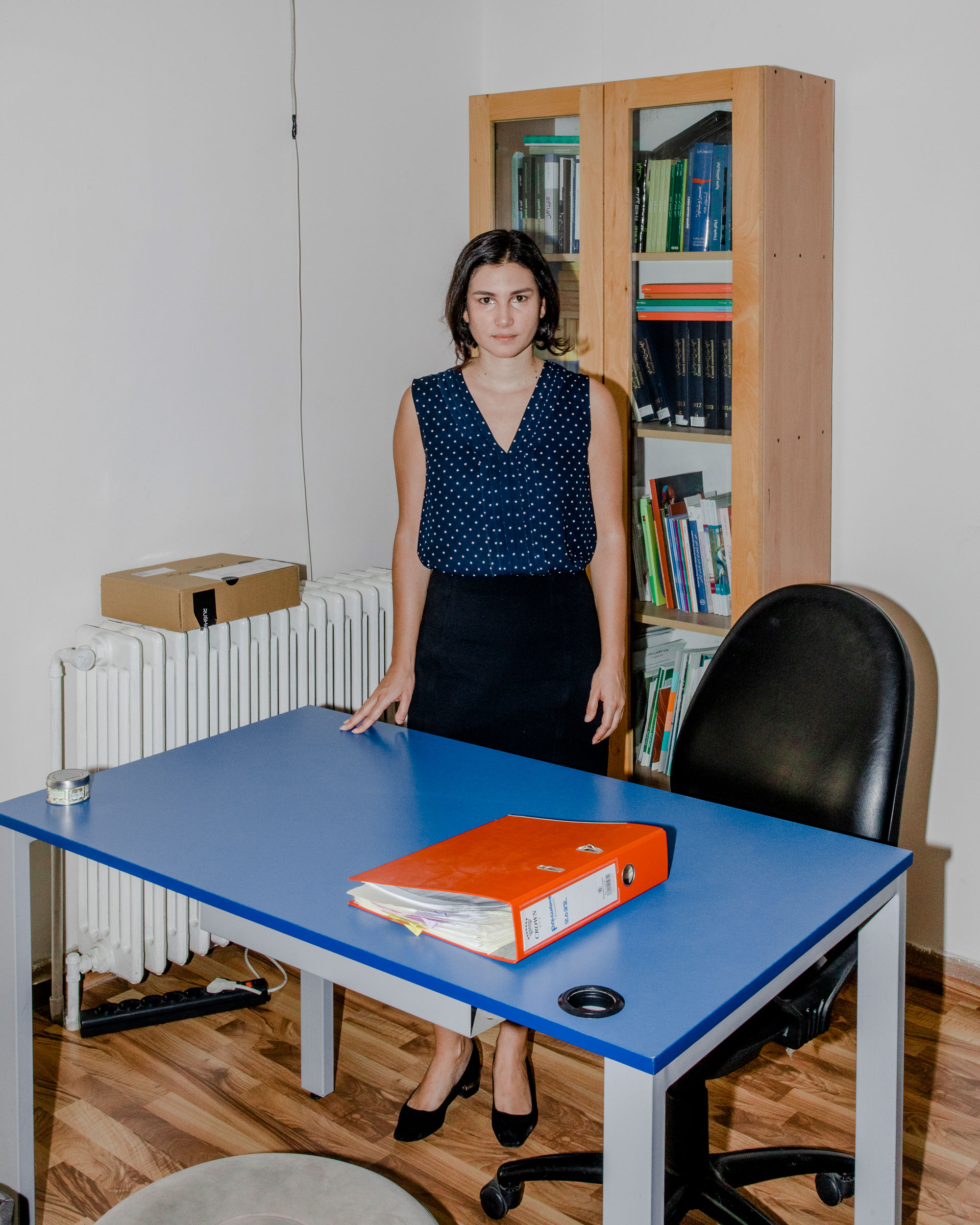
In addition to legal recourse, the families of the victims have for months tried to register the silos on the UNESCO World Heritage List. These efforts build off Minister of Culture Mohammad Wissam El-Mortada’s decision in March to designate them as heritage buildings.
“The silos are part of the city,” says Mortada. “They also represent a common memory for all the people who were victims of the explosion.”
Mortada soon after withdrew the heritage designation, citing a lack of resources to secure the silos’ protection. But he has been working to create a public park with an open museum and a memorial site in collaboration with artist Rudy Rahme on the east side of Beirut’s port.
That there are government plans to rebuild the silos—at a time of soaring wheat prices and global food disruption brought on by the war in Ukraine, not to mention Lebanon’s ongoing economic crisis—at a separate location bolsters the case for preserving what’s left of them, the families say.
Back at the launch of the Silent Witness campaign in early July, by the Emigrant statue opposite the port that acknowledges the millions of Lebanese in the diaspora, Elie Hasrouty, who lost his 59-year-old father—who was working at the silos at the time of the explosion—is exasperated by the uphill battle to preserve the silos.
“Every day that passes, with the stalling of the investigation and the government’s willingness to demolish the silos, is a continuation of the Aug. 4 crime,” Hasrouty says. He says that he is at a “great loss” when TIME checks in with him after the partial collapse. “It is a place that represented our wounds, and our pain. I am very angry with the behavior of the authorities. It has been two years and nothing has been done to preserve the silos, and make it a place of memory.”
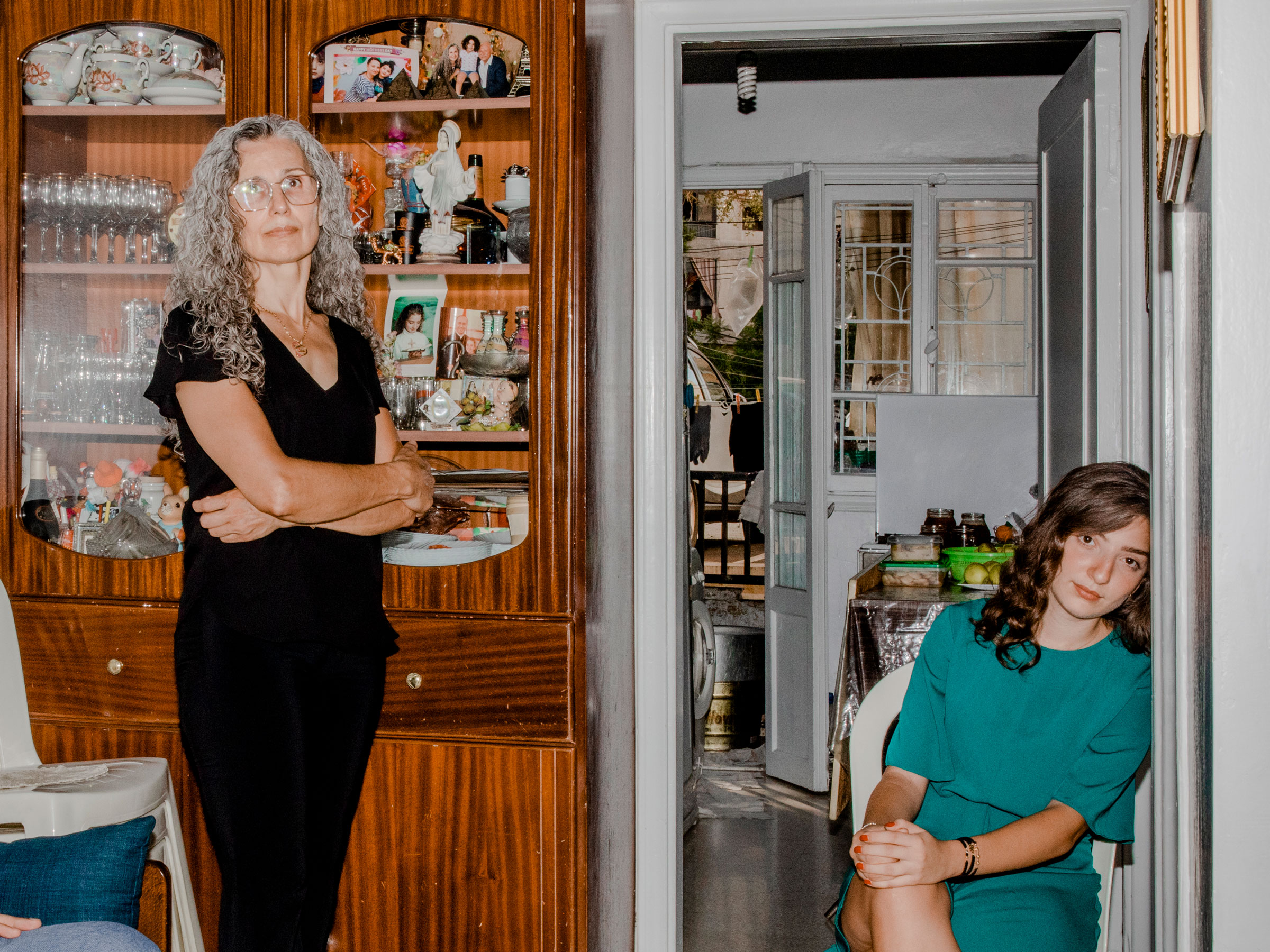
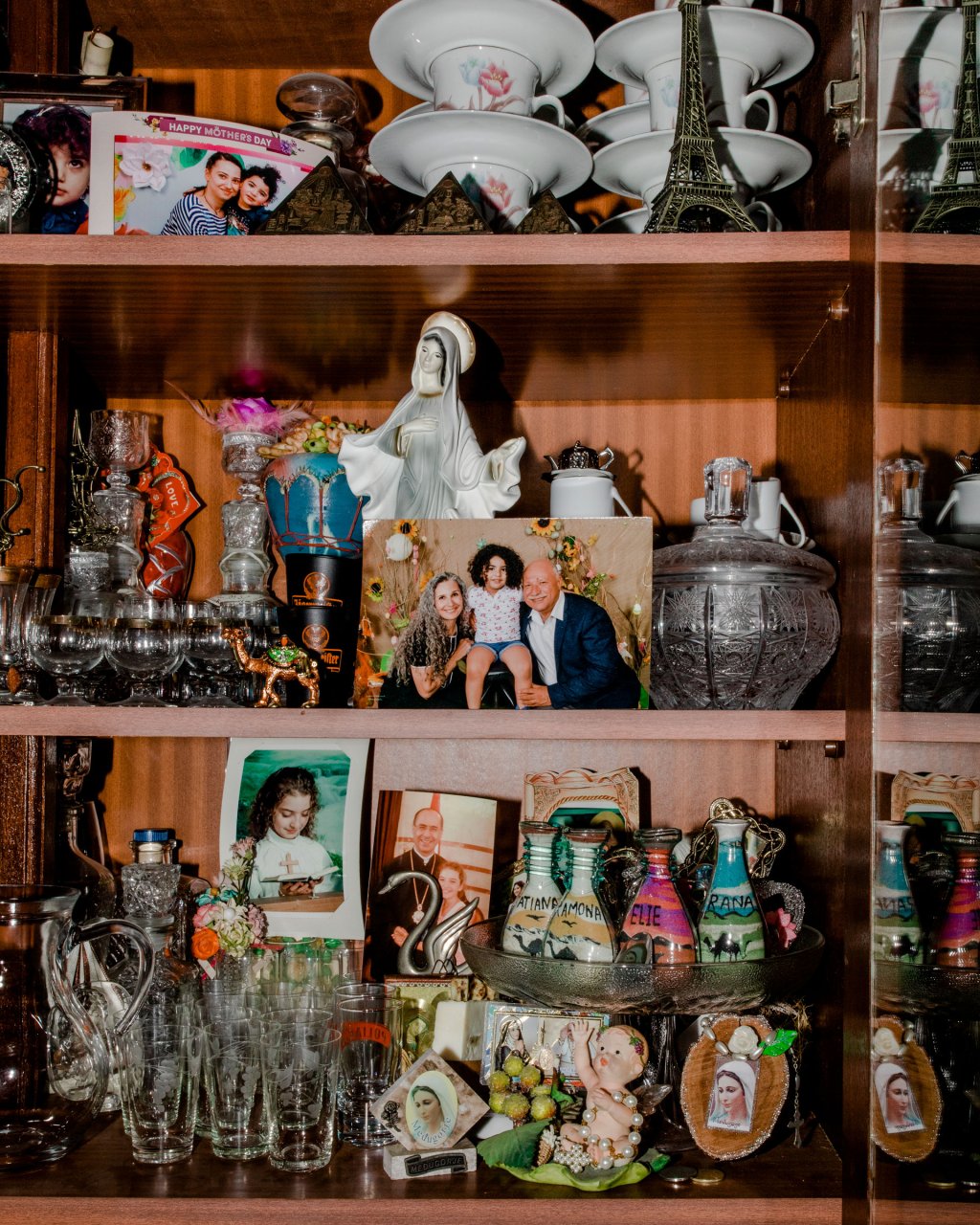
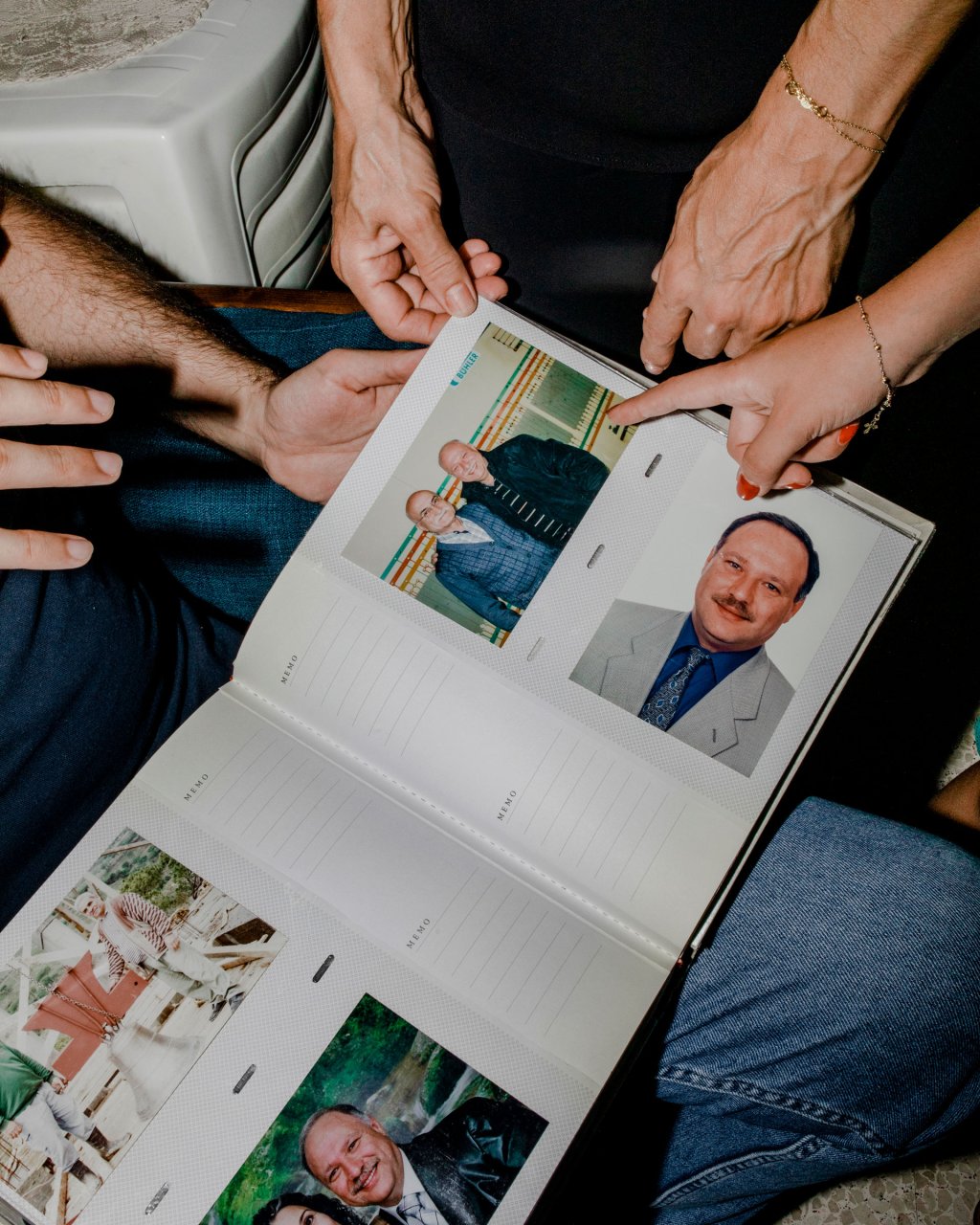
Correction, August 8
The original version of this story misspelled Soha Mneimneh’s last name. It is Mneimneh, not Mneimeh.
More Must-Reads From TIME
- What Student Photojournalists Saw at the Campus Protests
- How Far Trump Would Go
- Why Maternity Care Is Underpaid
- Saving Seconds Is Better Than Hours
- Welcome to the Golden Age of Ryan Gosling
- Scientists Are Finding Out Just How Toxic Your Stuff Is
- The 100 Most Influential People of 2024
- Want Weekly Recs on What to Watch, Read, and More? Sign Up for Worth Your Time
Contact us at letters@time.com
